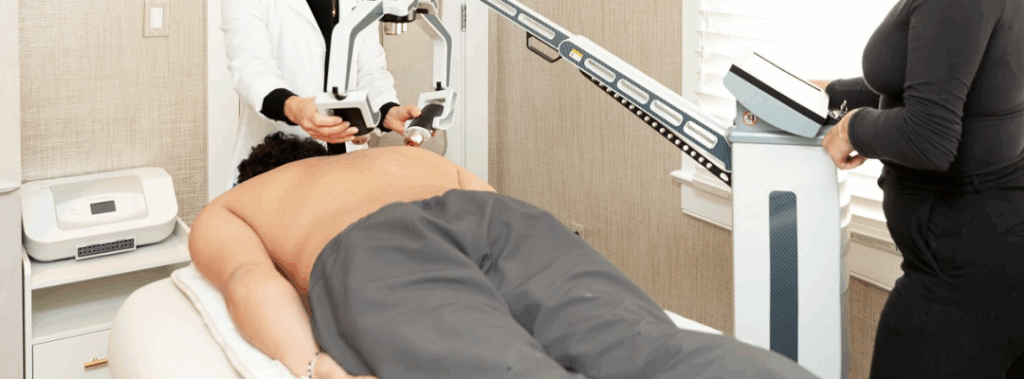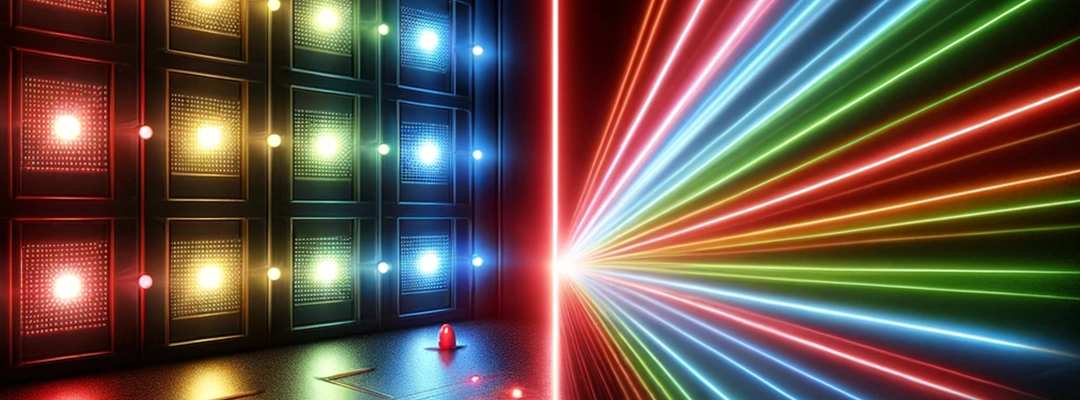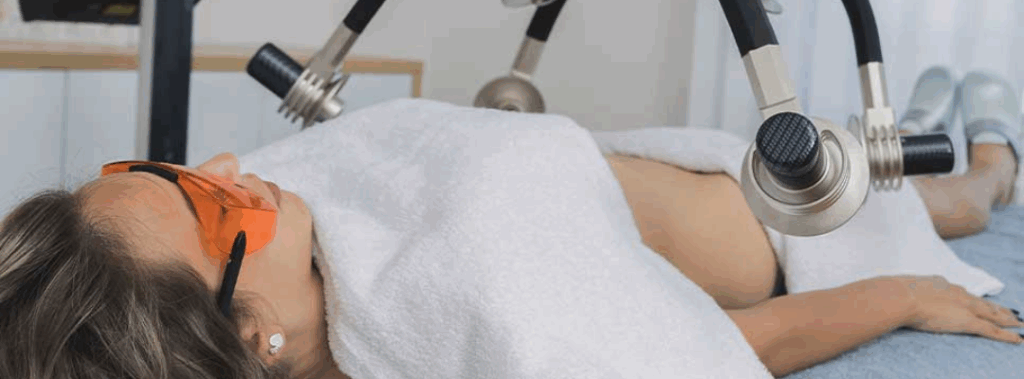
Hold the phone, wellness warriors. Before you jump on the latest red light therapy trend with those flashy LED panels, let’s talk science, baby. Because in the world of light therapy, not all devices are created equal. In fact, most of them are a sham.
Yes, you read that right. While LEDs are all the rage on Instagram and social media, they simply don’t hold a candle to the effectiveness of Erchonia® lasers, the undisputed champion in low-level laser therapy (LLLT).
Don’t be fooled by the hype. Let’s dive deep and expose the truth about red light therapy LEDs and why they’re nothing more than a fad in the face of Erchonia’s® laser technology.
Main Differences Between LEDs and Lasers:
- Light Output (Coherent vs Incoherent): Lasers emit a coherent beam of light, meaning all the photons are in sync and moving in the same direction. LEDs, on the other hand, emit incoherent light, which is scattered and disorganized. Here are some of the benefits of coherent light:
- Enhanced energy transfer: Coherent photons, with their synchronized waves, can transfer energy more efficiently between molecules compared to incoherent photons. This can be advantageous for biological processes like photosynthesis, where light energy is absorbed and converted into chemical energy.
- Improved communication: Coherent photons facilitate communication between cells by acting as messengers that carry information through biophoton emission and absorption. This is crucial for coordinating diverse cellular functions and maintaining tissue homeostasis.
- Directed effects: Coherent photons can be focused and directed with greater precision compared to incoherent photons. This allows for targeted manipulation of specific cellular processes and potentially improved therapeutic applications.
- Monochromaticity: Lasers emit a single wavelength of light, allowing for targeted delivery of energy to specific molecules. This ensures precise treatment and avoids unwanted effects on surrounding tissues. LEDs, on the other hand, emit a broader spectrum, potentially dispersing energy and reducing effectiveness.
- Polarization: Laser light can be polarized, focusing its energy further and affecting its interaction with biological tissues in a specific manner. This targeted approach may enhance therapeutic outcomes.
- Dosage Control: Lasers offer precise control over the delivered energy dose, allowing for customized treatment plans based on individual needs. This can optimize results while minimizing potential side effects.
- Scientific Evidence: Here’s where things get really interesting. While LED companies are quick to make bold claims about their products, the scientific evidence just isn’t there. In fact, a 2018 study published in the Journal of Photochemistry and Photobiology B: Biology found that LEDs were significantly less effective than lasers in treating pain and inflammation.
Studies Supporting Laser Superiority:
Several studies support the notion that lasers outperform LEDs in LLLT applications. For example, a study published in the journal Photomedicine and Laser Therapy found that laser treatment significantly improved wound healing compared to LED therapy. Similarly, another study published in the Journal of the American Podiatric Medical Association demonstrated that laser therapy was more effective than LED therapy in reducing pain and inflammation associated with plantar fasciitis.
27 Years of Research and Innovation: Erchonia, however, is a different story. We’ve been at the forefront of LLLT research and development for over 27 years. Our lasers are backed by extensive level 1 clinical research and studies, demonstrating their efficacy for a wide range of conditions, these studies are also conducted by using LEDs as the sham device to prove the efficacy of laser vs led and after 27 years of research; Laser is still superior.
A 2020 study published in the Orthopedics and Rheumatology Open Access Journal revealed the impressive potential of Erchonia lasers in pain reduction. The study compared the effectiveness of Erchonia laser therapy to a sham treatment (LEDs) in patients with chronic neck pain.
Here are the key findings:
- Pain reduction: Erchonia lasers achieved a 45.4% decrease in pain scores compared to only a 15.1% decrease in the sham-treated group.
- Treatment success: 69% of the patients receiving Erchonia lasers experienced individual treatment success, compared to only 27% in the sham group.
- Long-term relief: Mean pain scores in the Erchonia group continued to decrease significantly even after 4 weeks and 4 months post-treatment, demonstrating long-lasting effects. In contrast, the sham group experienced no improvement or even an increase in pain over time.
- Sustained improvement: Two additional studies followed the Erchonia group for 12 months and found a further 56% decrease in pain scores, along with sustained improvement in disability indexes.
These findings demonstrate the superiority of Erchonia lasers compared to LEDs in managing chronic neck pain. They offer significant pain reduction, long-term relief, and sustained improvement, making them a promising option for individuals seeking effective pain management solutions.
The Bottom Line:
If you’re looking for a light therapy solution that’s backed by science and proven to deliver results, don’t waste your time with red light therapy LEDs. Choose Erchonia lasers – the gold standard in LLLT technology.
Don’t fall for the LED sham. Invest in your health and well-being with Erchonia lasers, the only choice for serious results.
Ready to experience the power of Erchonia lasers? Find a certified provider near you today and start your journey to better health!
P.S. Share this article with your friends and family so they can also learn the truth about LEDs and lasers!



